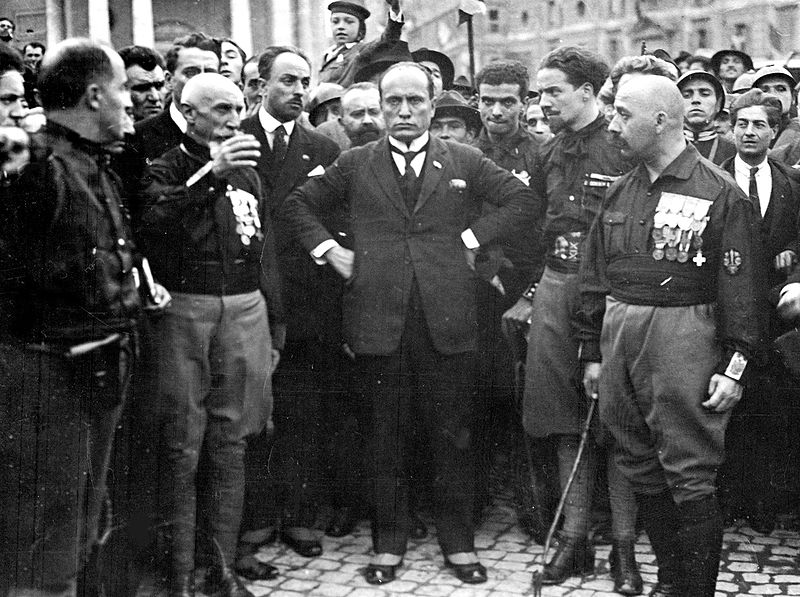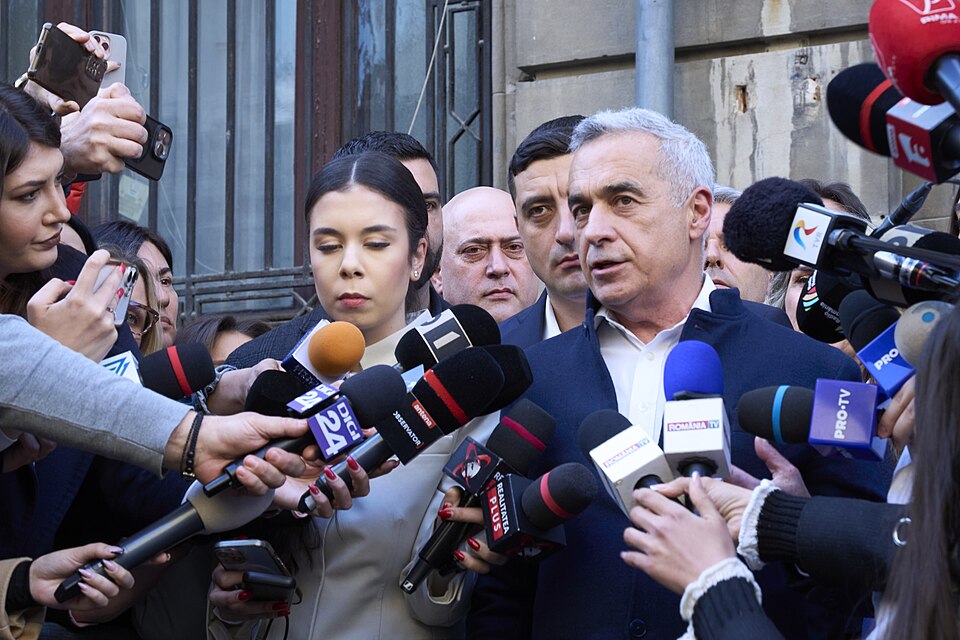In this brief contribution to the cultural debate of The Left Berlin, I will not hide that I found the drafting of this contribution challenging. This was due the complexity of the topic and quantity of studies that, over the years have undertaken to explain the fascist phenomenon.
I will thus try, to present, 100 years after the Marcia su Roma coup d’état, what is to be meant by fascism and to describe its class nature.
Italian fascism presents some peculiarities reflecting the specific situation of the country at the ending of the First World War. In Italy, the fascist movement took the form neither of an intellectual minority tendency, as in France [1]; nor of a mass political force legitimating its societal hegemony in the electoral arena, as in Germany [2]. We should remember that from the very beginning, as the then secretary of the Communist Party of Italy (PCd’I) Palmiro Togliatti said in his popular “Course on the adversaries” – that it would be a mistake to believe that what was true for Italy – should be true and fitting all the other contexts. Fascism can take different shapes in different countries [3].
Over the first Post-War period, Italy was shaken by deep social and political upheavals. The chronic crisis of the liberal institutions was only the exterior, superficial, aspect of the inadequacy of a bourgeois democracy regime that could not face challenges posed by the likely radical, paradigmatic change following the October Revolution in Russia and the spreading revolutionary wave on a continental scale. Guided by their organizations, workers and peasants, that more than anybody else had borne the war catastrophe, acquired a political awareness that guided them in the elaboration of increasingly advanced demands.
The toughening of the class struggle led the Italian bourgeoisie to question itself on the most effective modes and forms of response. Fascism was born, in this perspective, as the most aggressive and regressive form used by the national capitalist class to repress the workers’ demands that threatened its very existence. The workers had been taught by the historical lesson of the soviets.
It is important to underline an aspect still overlooked in the analysis on the origins of fascism. Too often, even in left political discourse, there is the tendency to value some “schematic” and rather dogmatic theses. These were also criticized in 1935 by Togliatti when commenting on the judgment on the origins of fascism given by the social democrats and the German communist movement. Such perspectives reflect a fondness to see fascism narrowly, as an organized expression solely of the petit bourgeoisie, terrified by the real prospect of mass impoverishment stemming from the economic crisis following the First World War. Fascism was certainly a mass movement in which the reactionary petit bourgeoisie found fertile ground for building a political anti-worker platform.
However, fascism was also something else, which cannot be studied separately from imperialism. In what sense? As Togliatti said, in order to understand fascism, we need “to connect two elements: the bourgeois dictatorship and the movement of the petit bourgeois masses” [4]
It is in this bright application of dialectical materialism as an interpretive key of the real course of events, that – from my point of view – is the core of the matter. On the one hand, Fascism presents itself as a mass movement that managed to organize the petit bourgeoisie thanks to an eclectic and confused ideology (going from the most extreme forms of nationalism, to illusory and only apparently anti-capitalistic proposals in the economic sphere). On the other hand, fascism also grew in synergy with great financial capital, with the same big bourgeoisie that, at least in words fascism claimed to be fighting against. That was according to the fascist political manifesto of 1919.
The political program of the National Fascist Party, was influenced by the general orientations expressed by the big bourgeoisie. They – feeling the threat to Italian capitalism posed by the workers’ advancements during the Biennio Rosso (1919-1921), tried to pursue different paths to end the impasse [5]. In this course of events, the Mussolini coup d’état of 1922 was identified as the best path to defeat the workers’ movement, although, as reminded by the history of the 20th century, only temporarily.
Footnotes
1 S. Berstein, „Fascism and anti-fascism in France from the Twenties until 1945”, in Antifascismo e identità europea, A. De Bernardi, P. Ferrari, Carocci, Roma, 2004, p. 109.
2 Particularly significant are the words of the German historian Lutz Klinkhammer: “The German people was not the first victim of Nazism”. Cfr. L. Klinkhammer, “The youth resistance against the national socialist regime”, in Antifascismo e identità europea, A. De Bernardi, P. Ferrari, Carocci, Roma 2004, pp. 135-153.
3 P. Togliatti, „Course on the adversaries”, in P. Togliatti, Opere, vol. III/2, E. Ragionieri, Editori Riuniti, Roma 1973, p. 534.
4 P. 533.
5 P. 546-49.




